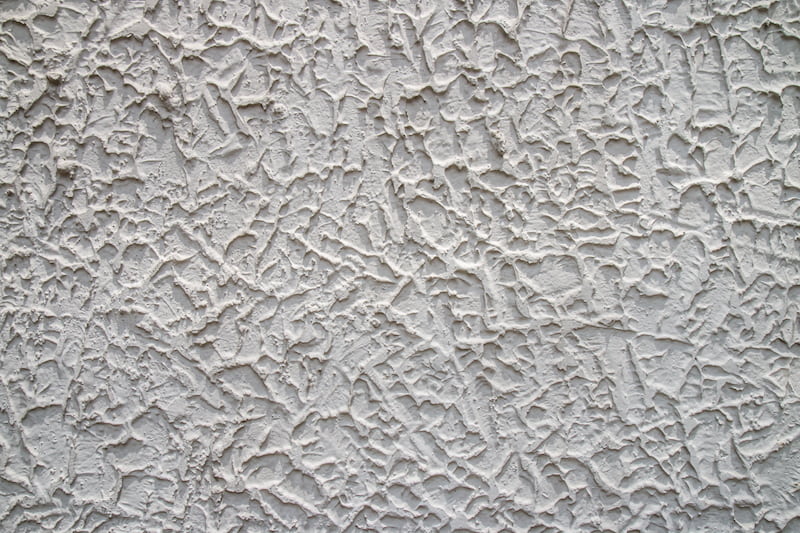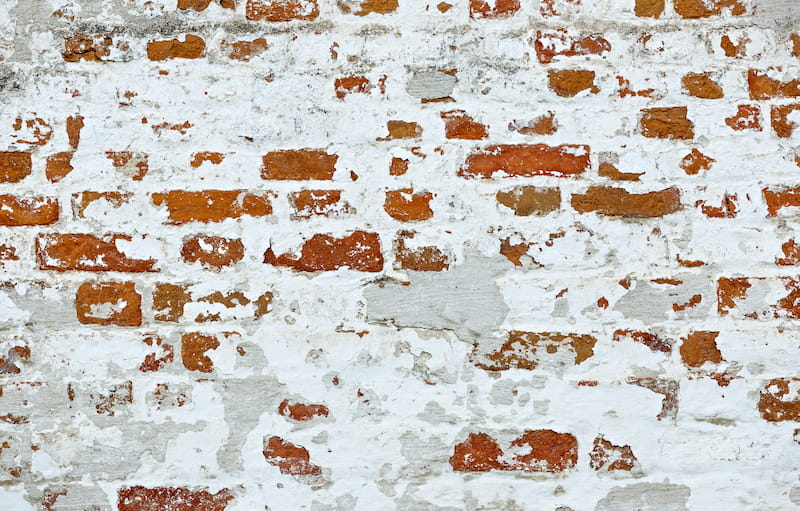Kamprot walls, or the kamprot technique, is a wall-finishing method commonly used in Indonesia. Despite their rough and irregular appearance, this finishing technique can provide wall protection and has its own aesthetic value.
Typically, kamprot walls are often used on the exterior of residential houses. If you are unfamiliar with the term kamprot wall, read this article to gain more information about this wall-finishing technique.
What Is a Kamprot Wall?
A kamprot wall is a wall-finishing technique that results in a rough and irregular finish. This irregular finish creates a unique impression, enhancing the aesthetics of a building.
Additionally, kamprot walls can produce shadow effects on their surface, making the rough texture more pronounced and aesthetic. This technique also protects the wall, which is why it is often applied to the exterior walls of houses.
Advantages and Disadvantages of Kamprot Walls
Aside from their high aesthetic value, kamprot walls have their own advantages and disadvantages. Some of the advantages of kamprot walls include:
- Durable: Kamprot techniques have high durability if you use high-quality plaster and cement.
- Suitable for all types of houses: The kamprot technique is very flexible and suitable in minimalist, industrial, modern houses, and more.
The disadvantages of kamprot walls that you need to know are:
- Can scratch: The rough surface can potentially injure people engaging in activities around the wall.
- Prone to mold: Kamprot walls can easily grow mold if the environment is too humid and lacks sunlight exposure.
- Requires higher costs: Since it needs quality materials and special skills to make, the kamprot technique will incur higher costs.
Read also: 5 Outdoor Flooring Materials
How to Make Kamprot Walls
As previously mentioned, the kamprot technique requires special skills to create. Therefore, it is best to seek professional help if you want to apply the kamprot finishing technique to your house walls. But first, you need to prepare several materials.
The materials needed for the kamprot technique are sand, cement, and emulsion paint. The tools include a trowel, chicken wire, gloves, and a cement spoon. Once you have prepared the materials and tools, you can proceed with the following steps:
- Determine the wall area to be finished with the kamprot technique.
- Sift the sand to remove pebbles and other foreign materials.
- Plaster the wall that will be finished with the kamprot technique.
- Prepare a cement mixture for kamprot with a 1:3 ratio of cement to sand.
- Prepare chicken wire framed with wood, then position it in front of the wall to be finished.
- Throw the cement mixture through the chicken wire from a distance of 30 cm from the wall.
- Apply emulsion paint to determine the appropriate wall roughness.
Besides using chicken wire, you can also use a spray gun to create the kamprot finish. Using a spray gun is more effective and faster than chicken wire, but it will require higher costs.
Kamprot Wall Design Ideas
Although the color of kamprot walls is generally gray, this technique can display various motifs depending on the creativity of the person making it. Some kamprot wall motifs you can use as references are:
1. Simple Pattern

Simple motifs are common for exterior walls of houses. This motif relies on the shadows created by the rough wall texture. When light hits the wall, the rough texture casts shadows that make it look more pronounced.
It requires an expert to ensure a neat finish. Additionally, using a spray gun can make the process easier, producing a neat finish despite the rough texture.
2. Exposed Brick Design

The next motif you can try for the kamprot technique is the exposed brick design. This motif highlights the arrangement of bricks on your wall. As a result, the brick arrangement becomes more pronounced when shadows from the rough kamprot texture appear, giving an elegant and grand impression to your building.
Note that creating an exposed brick motif is more challenging than a simple motif, so it is advisable to seek professional help for an aesthetic result.
Read also: How to Install Natural Stone on Cement Walls
3. Stripe Design

Another motif you can use for the kamprot technique is the stripe design. It creates a minimalist impression thanks to the pronounced stripes on the kamprot wall. The rough texture also adds a more pronounced impression when the wall is lit, giving an elegant and grand atmosphere to your home.
Like the exposed brick motif, the stripe motif requires special skills for an aesthetic result, so it is recommended to seek professional help.
4. Horizontal Design
The horizontal motif results in a more regular rough texture in horizontal lines, creating a good visual effect with the shadows cast by the rough texture. This motif is common for walls in gardens or terraces.
These are some details about kamprot walls that you need to know. One of the materials used for the kamprot technique is cement. Therefore, the quality of the cement you use can affect the final results. If you are looking for high-quality cement, Semen Merah Putih can be your primary choice.
Semen Merah Putih is specially formulated to exceed consumer expectations in Indonesia. Produced by professionals and undergoing strict quality control at every stage, the quality of every Semen Merah Putih product is always maintained until it reaches the consumer.
That way, you don’t have to worry about the quality of Semen Merah Putih. If you have questions about Semen Merah Putih products, you can fill out this contact form. With Semen Merah Putih, make your building stronger and more durable.
Read also: 4 Advantages of Cement-Based Frames



